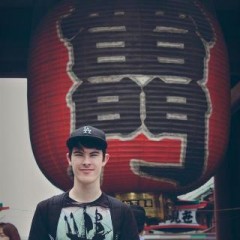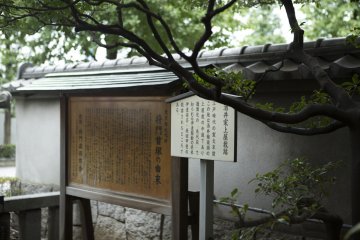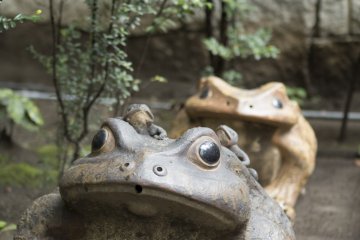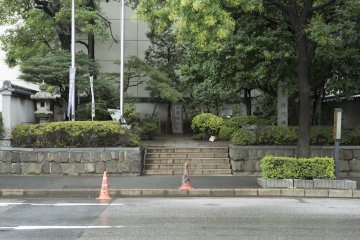Japan’s history and mythology are to two incredibly interesting subjects. With countless tales of great Samurai and Oni both fact and fiction often merge, but when they do the outcome is absolutely fascinating. The story of Taira no Masakado is one amazing example and his resting place, Masakado-zuka near the Imperial Palace is a historical site that shouldn’t be missed.
Taira no Masakado
Born of noble lineage in eastern Japan in the year 903, Taira no Masakado served the Imperial court in his younger days before settling in the provinces northeast of what would now be present Tokyo. His peaceful life was one day disturbed by a sudden attacked from another local lord. This would kick-start a chain of events such as the battle of Nomoto causing Masakado to lose his brothers. The death of his siblings caused turbulence with other members of his family and he soon found himself at war once again. His life of peace was left behind as he now began to feud with local rivals. This caused outrage within the Imperial Government who Masakado would then later launch an attack up on. This battle would result in him self-proclaiming the title of the new Emperor but merely a month later an edict was issues demanding his destruction. Taira no Masakado was caught in northwestern Shimōsa province where he would meet his demise. Once slain, his head was put on display in Kyoto and this is where fact and fiction begin to blur.
Legend has is that Masakado’s head took flight of its own volition, landing in Shibasaki, a small fishing village that would later become Edo and of course the Tokyo of today. The actual site is present Ōtemachi. Though this tales takes place over 1000 years ago the legend still has its place in modern times. There are many stories detailing those who have disturbed the site of the grave meeting an ill fate as a result. One such story took place in 1926. The Great Kanto Earthquake and the fires that followed destroyed the surrounding buildings and The Finance Ministry building also fell victim. The stone monument representing the grave remained standing and was excavated in search of the skull. Nothing was found so a temporary replacement building for the office was erected on the site. Three years later the Finance Minister of the time, Seiji Hayami died. 13 other officials met the same sudden fate as well as mysterious illnesses and accidents taking place amongst other employees. It was believed Taira no Masakado was the cause of this curse.
Upon arriving at the shrine I was taken away by the juxtaposition between the glass and stone giants being the skyscrapers of Tokyo’s financial district. It shows just how important this shrine is as it occupies some of the world’s most expensive land. The site is surrounded by maple, which makes for a beautiful garden. Just to your left as you climb the few stones stairs to enter the shrine is an information board. This plaque details the life of Masakado in both English and Japanese so you can learn of his past and the historical importance of the site. There is no mention of the ghost story like curses that fell upon those who previously disturbed the area though. However, during my 10 or so minute stay I saw many business employees come to the site to pray at the grave. I’m sure it was out of respect but one does wonder if rumours of the curse still circulate the area. Putting the ghost stories aside it’s definitely one of the more unique historical sites Tokyo has to offer, especially if you know a little of its history.












